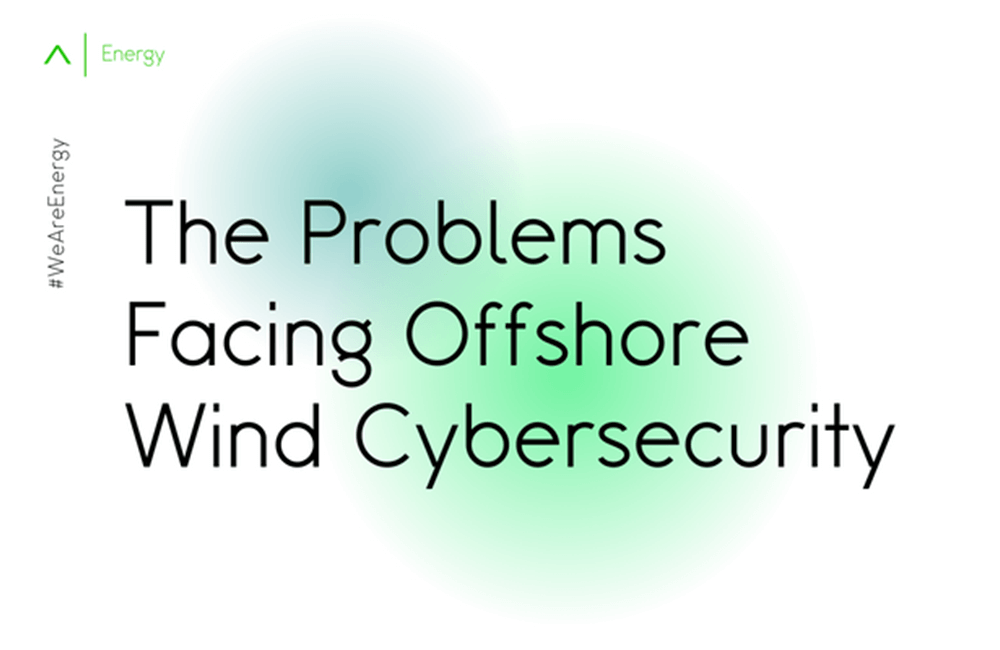The Problems Facing Offshore Wind Cybersecurity
20 Oct, 202210 minsOffshore wind is quickly becoming a key piece of infrastructure, and it’s a vital powe...

Offshore wind is quickly becoming a key piece of infrastructure, and it’s a vital power source around the world. This has led to a lot of growth and development, which is why safety and security is more important than ever before. This, teamed with the fact that the industry itself is becoming more digital at a rapid rate, has exposed a lot of offshore wind assets to cybersecurity risks. In order to reduce this vulnerability, offshore wind assets farm operators must understand the threats, and develop defence strategies. However, there are some challenges.
4 Key Cybersecurity Challenges for Offshore Wind
- Keeping Up with New Technologies - There’s a lot about cybersecurity that’s unknown, and this is something that offshore wind farm operators are going to have to navigate. As new technology and systems are developed, there are new cyber threats and concerns. A lot of companies find themselves stuck, unsure when to move onto new technologies and missing the mark; they hesitate, unsure of what to expect. This is made even harder as technological advances continually develop quickly, making it difficult for the offshore wind industry to make the right decisions in a timely manner. However, this hesitation could put offshore wind at risk. This is why a lot of organisations seek the help of a third party progressional.
- Incorporating Industry Legislation and Standards - Despite continually growing, there are a number of regulations and standards that those in the offshore wind industry must adhere to. This includes best practices and governmental policies, all of which are there to guide asset owners into a more technological world. Without them, industry specific standards could be overlooked. However, it’s not easy to build a framework for cybersecurity when there are so many regulations to meet.
- Aligning Cybersecurity with Internal Security - Though a lot of offshore wind organisations are confident in securing their own systems from an internal threat, they have limited experience securing them against cyber threats. In recent years, digitalisation has forced organisations in every sector to bring the two together. This means deciding on objectives, technologies and structures. It also means deciding who is responsible for reducing the risk of a cybersecurity breach.
- Complying with Various Regulations - There is no denying the importance of having cybersecurity regulations, especially within an industry such as offshore wind. Any cyber attack could have serious consequences for the industry as a whole, not just the targeted organisation, meaning it’s something that needs to be taken seriously. But, complying to regulations is complex and time consuming. If an organisation wishes to be compliant, there are a lot of requirements and protocols to put in place. These are developed by a variety of people, enforced by various governmental agencies and apply to different aspects of offshore wind. It’s also important to remember that a lot of regulations, though created with the best intentions, have very little impact on cybersecurity as a whole. This can make complying with various regulations confusing to organisations with little experience of doing so.
Though there are some significant challenges facing the offshore wind industry, there is no denying the importance of protecting organisations from cyber threats and attacks. As individual attacks could be devastating for the industry as a whole, it’s important that all offshore wind farm owners put the necessary time and energy into ensuring systems are in place.


